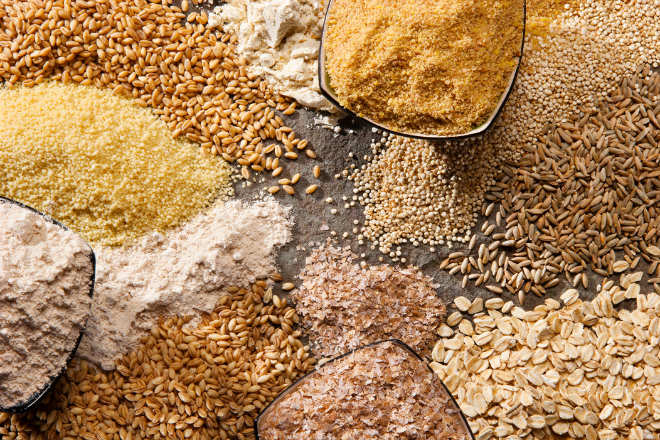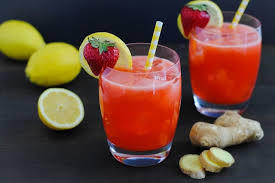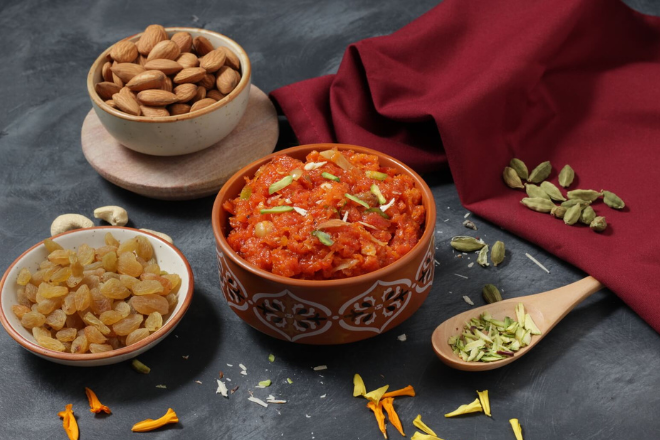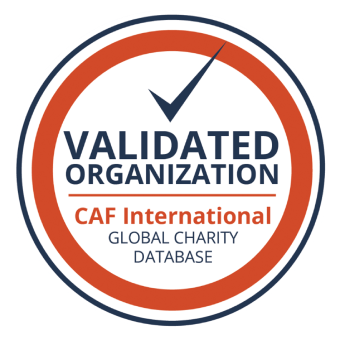These are names of some ancient grains that have nourished humanity from prehistoric times. Some of these might seem familiar as they have made a comeback on the Indian plate. In contrast, others are seeing a revival on the global stage even though they have been part of hyperlocal cuisine in remote parts of India and the world.
These ancient grains, some dating back to about 5000 years ago, lost out to the more commonly grown industrialised wheat, rice and corn. The healthy ancient grains were eclipsed when at least in India, due to the Green Revolution in the 1940s and 50s, the emphasis was on producing high-yielding strains of grains that could feed the population.
However, it is widely acknowledged now that these ancient grains may hold the key to modern-day problems of chronic diseases and global food insecurity due to climate change. Recognising the potential of these ancient grains to address matters of health, environment, low water requirement, resistance to pests and farmer welfare, the United Nations, at the behest of the Government of India, has declared 2023 as the International Year of Millets. Yay!!
So before everyone goes crazy next year, here’s a guide that will spare you the blushes of being an ancient grain ignoramus. 🙂
So which are the ancient grains that are blockbusters on the Indian Plate?
What makes for a potential blockbuster on the plate depends on how well these grains adapt to the current food habits, the ease at which they can be made part of the daily diet and their health benefits.
Flour made out of grains such as amaranth (rajgira in Hindi), barley (jau), pearl millet (bajra), finger millet (ragi), and sorghum (jowar) lends well to doughs that are used to make the quintessential chapatis and rotis. These grains have higher fibre and protein content and can be used to make the typical Indian meal less carb-heavy. Some older generations might still remember using these grains commonly till they lost out to the wheat. These grains are also gluten-free and so is a godsend for individuals who love rotis but are gluten-sensitive or gluten-intolerant.
Buckwheat or kuttu is a seed that masquerades as a cereal due to its high starch content (people with diabetes beware) and is closely associated with religious celebrations. It is gluten-free, though and therefore found in gluten-free bread loaves!
Given that India is the largest millet exporter in the world, the range of millets found in India is fantastic. India’s most commonly used millets are little millet, barnyard millet, proso millet, foxtail millet, sorghum (jowar), Kodo millet and pearl millet. These tiny grains are a nutrient powerhouse and can be ground up into flour, cooked as you would rice, or made into porridges, dosas, or even halwa. The “snacky kinds” would also be interested to know that millets have made their way into noodles, bread, pancakes, biscuits and other savoury and sweet snacks.
The plethora of food options that use millet as the base ingredient works excellent for individuals seeking health benefits. Most millets have been estimated to be at least three times more nutritious than rice, wheat and maize (corn) in terms of vitamins, fibre content, protein and minerals such as calcium, magnesium and iron. They also contain vitamin E and health-promoting phytonutrients such as phytosterols, polyphenols, phytocyanins, lignins, and phyto-oestrogens. These phytonutrients, through their actions, may help prevent age-related degenerative illnesses such as cardiovascular diseases, type-2 diabetes, and cancer. Due to their high fibre content, millets are also diabetic friendly as they raise the glucose in the blood at a lower rate (low glycemic index).
However, it has to be kept in mind that the nutrient profile of these ancient grains changes based on how they are processed. A smooth sifted millet flour will have less fibre than a coarser unsifted one. So as always, be an aware consumer and a label reader!!
Which other ancient grains may make their way into the Indian plate?
Thanks to the plethora of online stores, the click button is all that separates you from one of these nouveau ancient grains that have hit the Indian food scene…
Farro: One of the oldest grains belonging to the wheat family. Also known as emmer wheat. Popular in Europe and the Middle East. Chewy texture and has found its way into upma and bread loaves.
Teff: Recognised as the tiniest grain in the world and about 150 times smaller than a wheat kernel. In Egypt, teff flour is used to make Injera, a type of fermented dosa. Inspired?
Spelt: Sometimes confused with Farro, Spelt also belongs to the wheat family. It is lower in gluten than wheat and is grown in Europe and America. Spelt flour is used to make bread, pizzas and pasta, and the whole grain is made into risotto. Spelt Khichdi or Pongal anyone?
Job’s Tears: Restricted to the northeast parts of India where it is known as Mim but a common ingredient in China, Vietnam and countries in South East Asia. Also known as Chinese pearl barley, it works well in soups, salads and sweet dishes.
Chak Hao: Also known as black rice or forbidden rice and reserved exclusively for the noble elite in China in the past. It is also found in Manipuri cuisine, most commonly served as a sweet kheer. The final dish has a brilliant purple hue, and a similar phytonutrient profile to blueberries and grapes hence packs a heart-healthy punch.
Fonio: A type of millet grown in West Africa. Drought and pest-resistant. The FAO suggests that Fonio has the highest amount of calcium of all grains and will help meet calcium requirements for vegan or lactose-intolerant folks. Works well as an upma or in porridge and as a replacement for quinoa.
Freekeh: Part of African and Mediterranean cuisine, freekeh is a form of wheat harvested when it is still young and green. It is then gently roasted to give it a nutty pop. Makes an excellent pulao. Bhel puri, anyone?
Appeals to the health conscious and the gastronomes equally, these ancient grains are ready to take centre stage on your plate. The ancient grains are here to make a comeback!
Goodbye wheat, rice and corn; HELLO, Spelt, millet and sorghum!
Written by:
Dr. Sripriya Venkiteswaran (Ph D. Nutritional Sciences)
Content Consultant: CICN
References:
- Gowda NAN, Siliveru K, Prasad PVV, Bhatt Y, Netravati BP, Gurikar C. Modern Processing of Indian Millets: A Perspective on Changes in Nutritional Properties. Foods. 2022 Feb 9;11(4):499.
- Dixit AA, Azar KM, Gardner CD, Palaniappan LP. Incorporation of whole, ancient grains into a modern Asian Indian diet to reduce the burden of chronic disease. Nutr Rev. 2011 Aug;69(8):479-88.
- Fonio: An Ancient Grain That’s Packed with Nutrients Accessed on 7th December 2022
- Fonio: An Ancient Grain That’s Packed with Nutrients Accessed on 8th December 2022
- Back to the Future: These 13 Ancient Grains of the World May Hold the Key to Food Security Access on 7th December 2022





